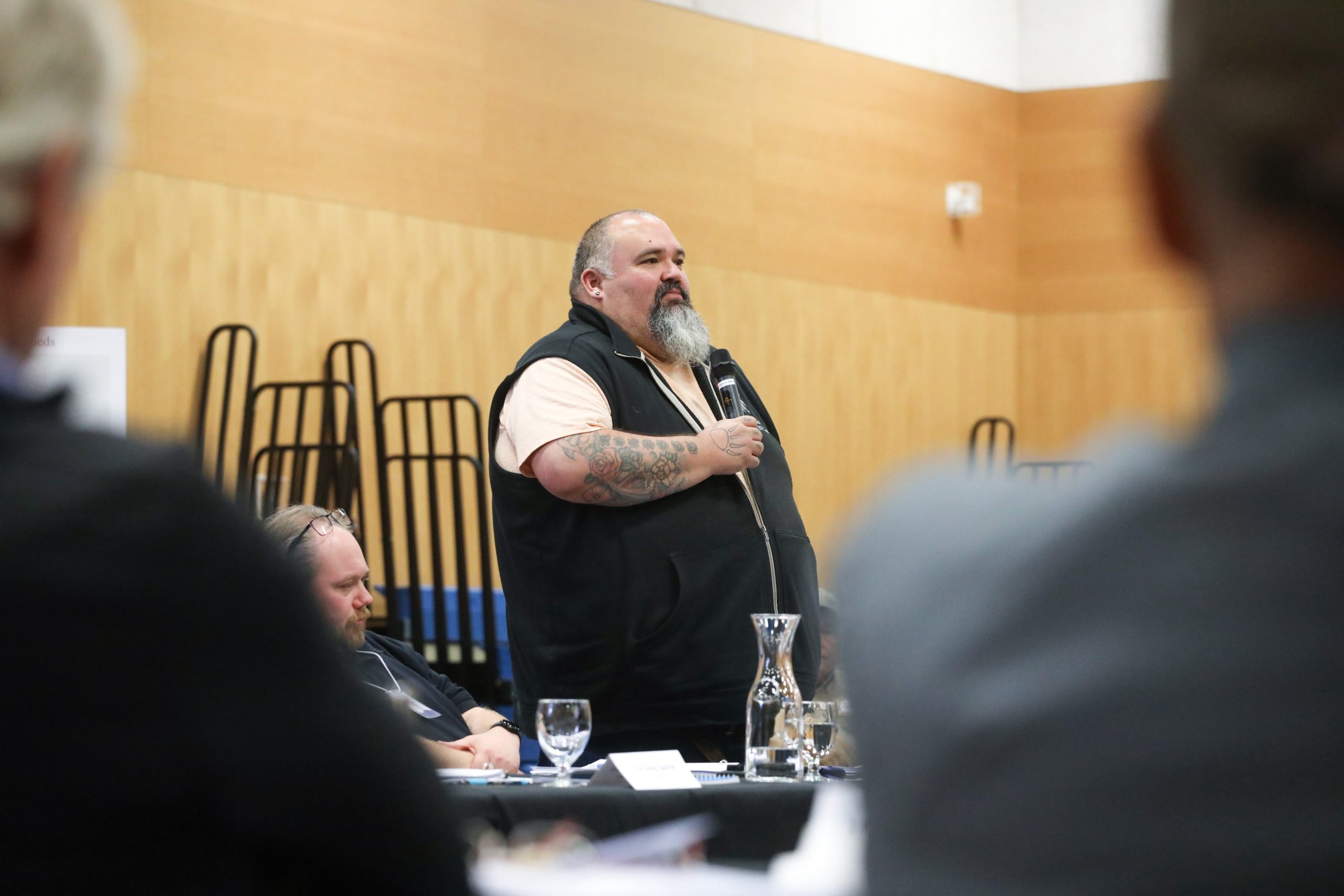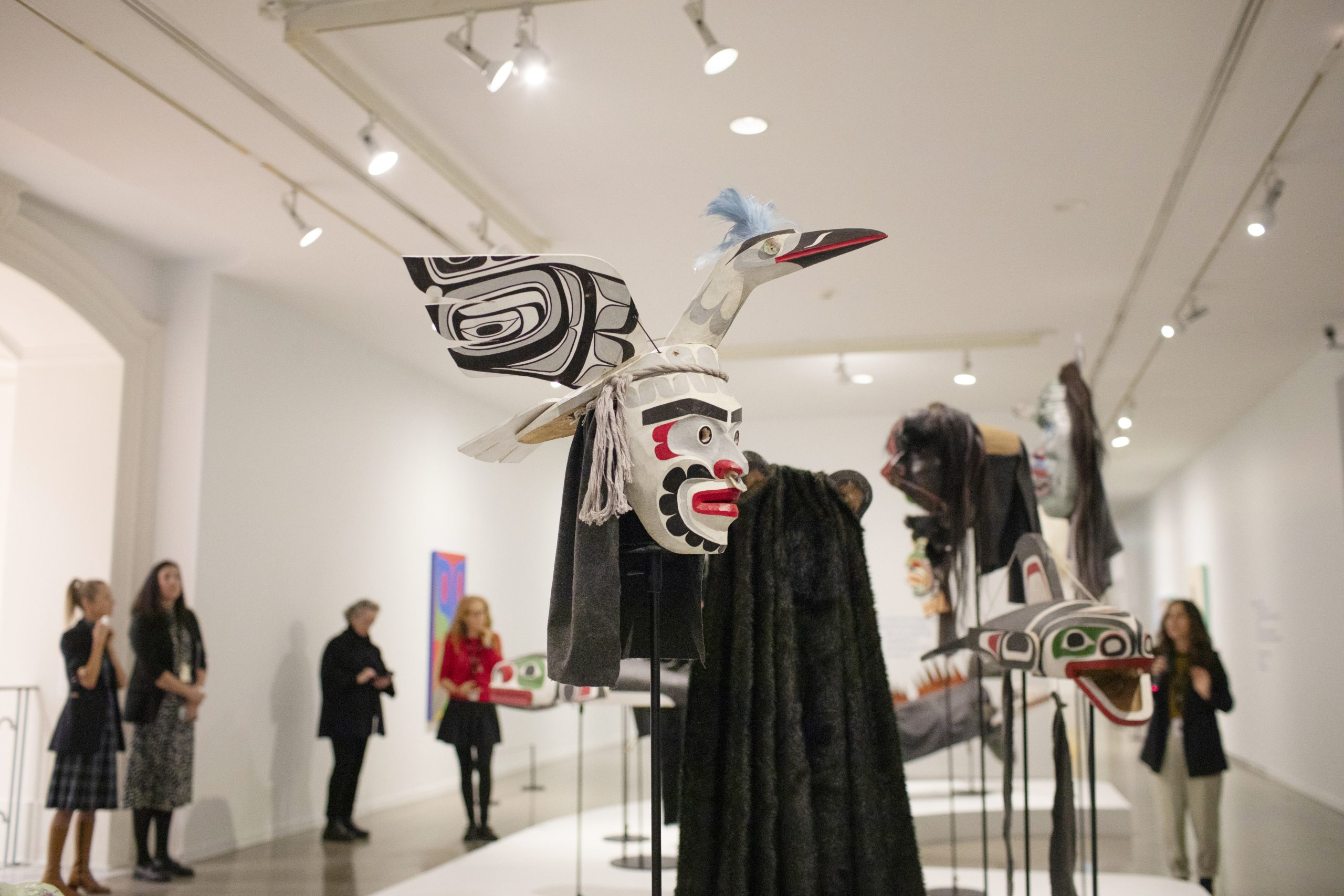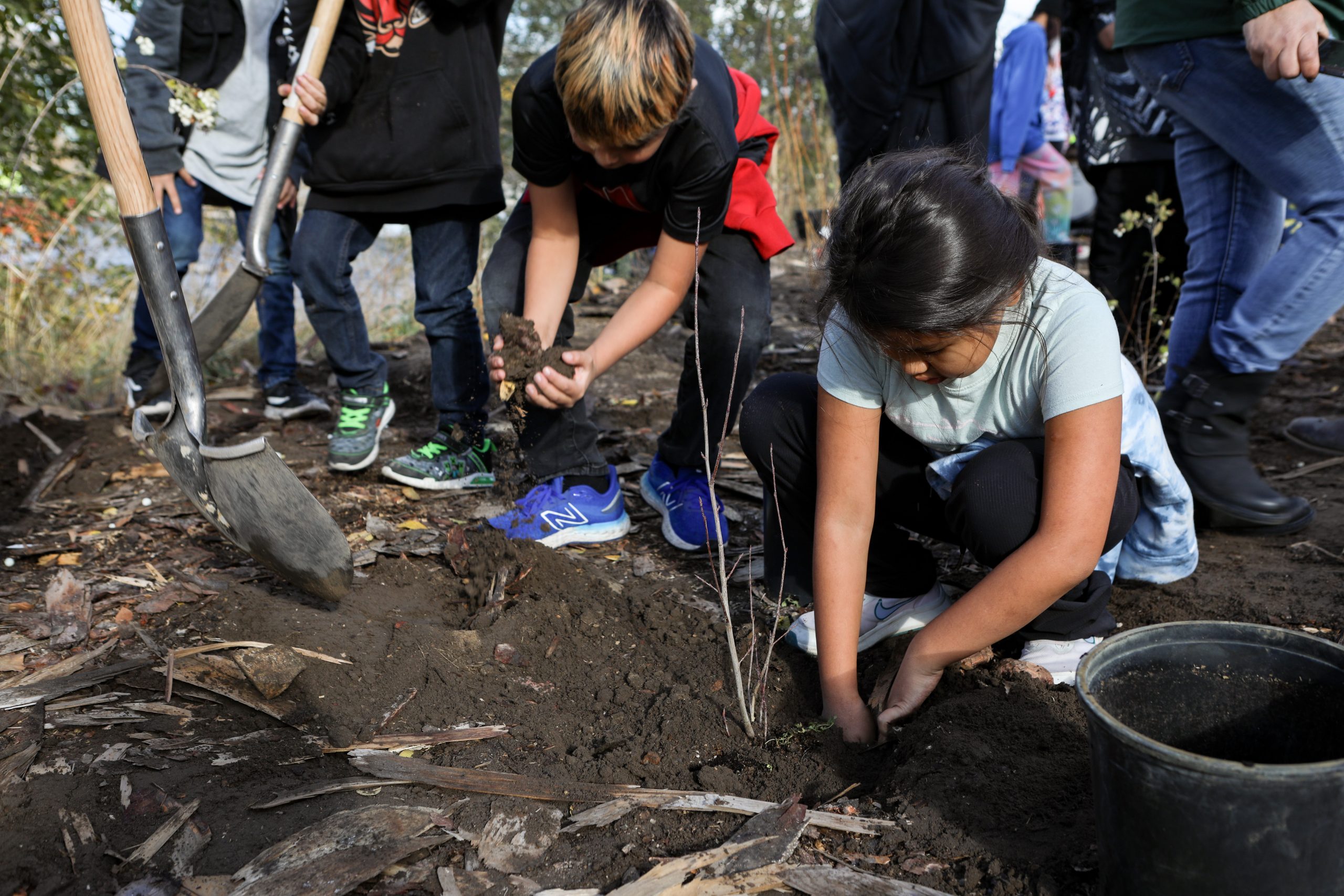New research affirms ancestral knowledge, dating səlilwətaɬ fishery back to 850 BC
Study demonstrates through Western science that TWN consistently harvested chum salmon from təmtəmíxʷtən for nearly 3,000 years


Years before the very first ancient Greek Olympic games, and centuries prior to the Fall of Babylon, səlilwətaɬ (Tsleil-Waututh) people were fishing for chum salmon — something they’ve been doing consistently and sustainably for thousands of years.
A new academic study using salmon bones confirms what traditional knowledge has always dictated, dating a səlilwətaɬ chum salmon fishery back nearly 3,000 years to 850 BC — 1,200 years longer than the archaeological record had previously demonstrated.
The research published in Plos One journal is a collaborative effort between the Tsleil-Waututh Nation (TWN), the Institute for the Oceans and Fisheries and the Department of Anthropology at the University of British Columbia (UBC) and the consulting firm Kerr Wood Leidal.
Michelle George, a cultural and technical specialist working for her community of TWN, is one of the authors of the paper.
She said it’s important to tie scientific knowledge with traditional knowledge “because a lot of times, First Nations come to tables or negotiations or certain areas, and traditional knowledge isn’t valued as much.”
“Having the actual scientific evidence to back up [Indigenous knowledge] is, in my mind, reassuring,” George said.
The study, released Aug. 25, builds on past research that showed TWN sustainably and preferentially fished for chum salmon for 1,300 years. The new research extends this time period by another 1,200 years, demonstrating TWN ancestors fished for chum salmon from about 850 BC to 1650.
“The consistent abundance indicates a sustainable chum salmon fishery over that time, and a strong salmon-to-people relationship through perhaps 100 generations,” the study states, in part.
“This research supports Tsleil-Waututh Nation’s stewardship obligations under their ancestral legal principles to maintain conditions that uphold the nation’s way of life.”
The nature of archaeology

Meaghan Efford, a settler archaeologist and a post-doctoral researcher at UBC, is another author of the study.
Efford said the research involved analyzing 245 salmon bones that were gathered as part of an archaeological dig in the 1960s and 1970s from təmtəmíxʷtən — an important TWN settlement which translates in English to “lots of land”, or “biggest place for all the people.” The site is located on the shores of səl̓ilw̓ət (the Burrard Inlet), in what’s been briefly known as the Belcarra Regional Park.
Research for the study began during pandemic lockdowns in 2020, and Efford explained the bones utilized were part of archaeological materials being stored at Simon Fraser University.
“Because of the COVID-19 shutdown, we didn’t really plan any new excavation and instead wanted to use material that was already out of the ground,” Efford said.
“It helps make sure the project could move forward during the shutdown, but it also helped limit the destructive nature of the archaeology — we weren’t cutting into more ground that we didn’t need to.”
Efford said the process of studying the bones involved collagen testing and radiocarbon dating, which confirmed how long it has been since the death of the animal or organic material.
At first, she said it wasn’t clear that TWN was fishing chum salmon in particular, but when creating an inventory of the bones, “it really became apparent just how abundant chum salmon bones are at that site.”
“It allowed us to really understand which salmon species were important over that long timeframe,” Efford said.
According to her, previous research confirmed that the nation was able to sustainably fish chum salmon over a smaller time period. But because chum is more susceptible and sensitive to overfishing, she wasn’t sure if TWN would have been able to sustainably fish for chum over a longer time period.
“So we didn’t know whether or not they’d be able to handle a fishery over that long time period,” Efford said.
“But the data came back, and it showed that, yes, chum salmon were harvested by the Tsleil-Waututh Nation over that long timeframe, and it seems to be sustainable — there’s no big drop off, there’s no switch to some other fish.”
Again, this only confirmed what George herself knew from knowledge passed onto her from her family and community over the years.
“My family has been explaining that to me — for generations, we would set up our fishing tools, and we would do selected fishing and pretty much help the process of spawning and making sure that enough fish made it up river to spawn and lay their eggs,” she said.
“This work would help continue the sustainable fishery over time … I don’t think we ever faced a lack of fisheries. I think because of our practices, we always had sustainable fisheries.”
The nature of relationships

While the research published focuses on studying salmon bones, both George and Efford said a key part of understanding sustainable fishing in TWN so many years ago is by also studying the relationships within the community and the larger ecosystem.
George explained that TWN had strong social structures and a hierarchy where people were knowledgeable and specialized in fisheries management. This would have involved someone in the family who behaved as the main provider, fishermen in the larger community focused on fisheries practices, and other members of the nation who would have been knowledge-holders and weavers.
“We probably would have had fisheries-focused warriors on the river as well that would have managed the fisheries and shared that knowledge with family and then also people in the community,” George said.
“My family told me that, at one point in time, the fishermen were so wise about the fish and had so much knowledge that they could identify which tributary the fish came from based on their scales and colour.”
George and Efford’s research ultimately found that Pacific salmon populations are vulnerable to changes in the environment including warming oceans due to climate change, ocean acidification and pollution.
In səl̓ilw̓ət, in particular, they confirmed that the salmon population has been affected by settler colonial fisheries since the start of colonization in the mid-1800s.
Yet, their study shows that the TWN chum salmon fishery was sustainable for thousands of years prior to this, and that there are specific resource management choices that have contributed to that sustainability.
Both George and Efford said this suggests TWN may be an example for how salmon resource management can take place in the territory moving forward, through specific Indigenous ecological management actions like chum habitat enhancement and protection, as well as stewardship and restoration activities.
George and Efford also both said their hope for this research is that it complements the deep ancestral knowledge that nations like TWN hold and also changes the way it’s valued and used over time.
“I think it’s a great example of how many First Nations across North America and Indigenous people across the world have been practising sustainable fishing and are stewards of the land,” George said.
“It proves that we know what we’re talking about, and when we come to the table with restoration programs or plans — we’re not just thinking of new ways, we’re trying to bring back traditional ways to help restore southern fisheries or fisheries in general.”
Author
Latest Stories
-
‘Bring her home’: How Buffalo Woman was identified as Ashlee Shingoose
The Anishininew mother as been missing since 2022 — now, her family is one step closer to bringing her home as the Province of Manitoba vows to search for her
-
Afro-Indigenous mom’s case against VACFSS has ‘cleared the way for other parents,’ says expert
The Supreme Court of Canada has tossed an appeal from the child ‘welfare’ agency in favour of ‘Justine.’ Her lawyer says it’s now ‘the case that governs the issue in B.C.’
-
‘The border crossed us’: Art exhibition explores the human costs of the 49th parallel
New gallery show confronts how the ‘Canada-U.S.’ boundary broke apart Indigenous territories













